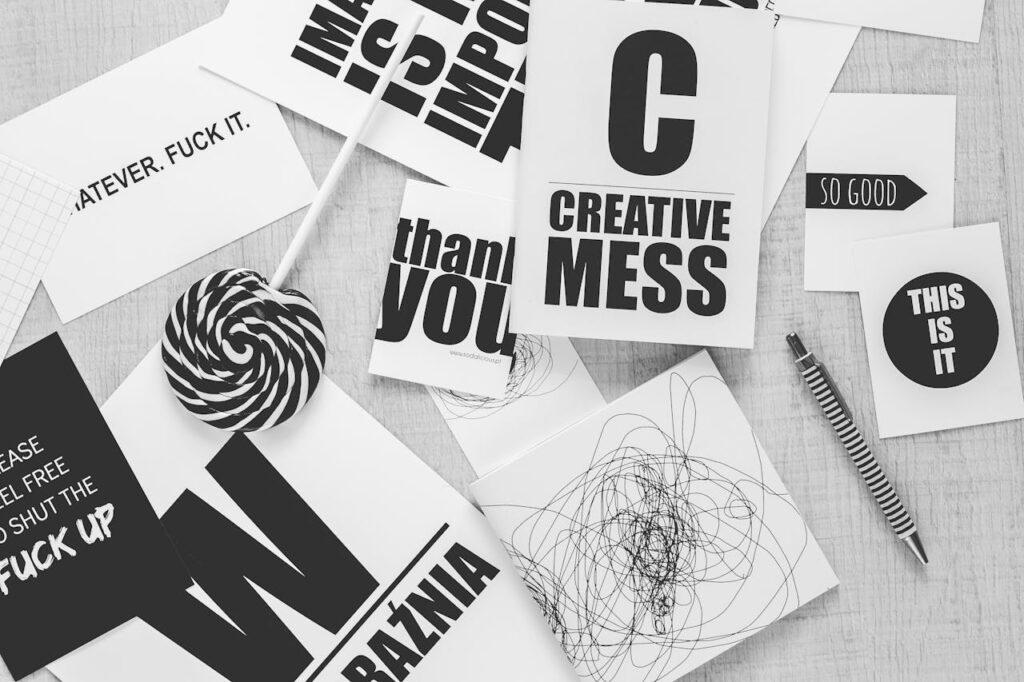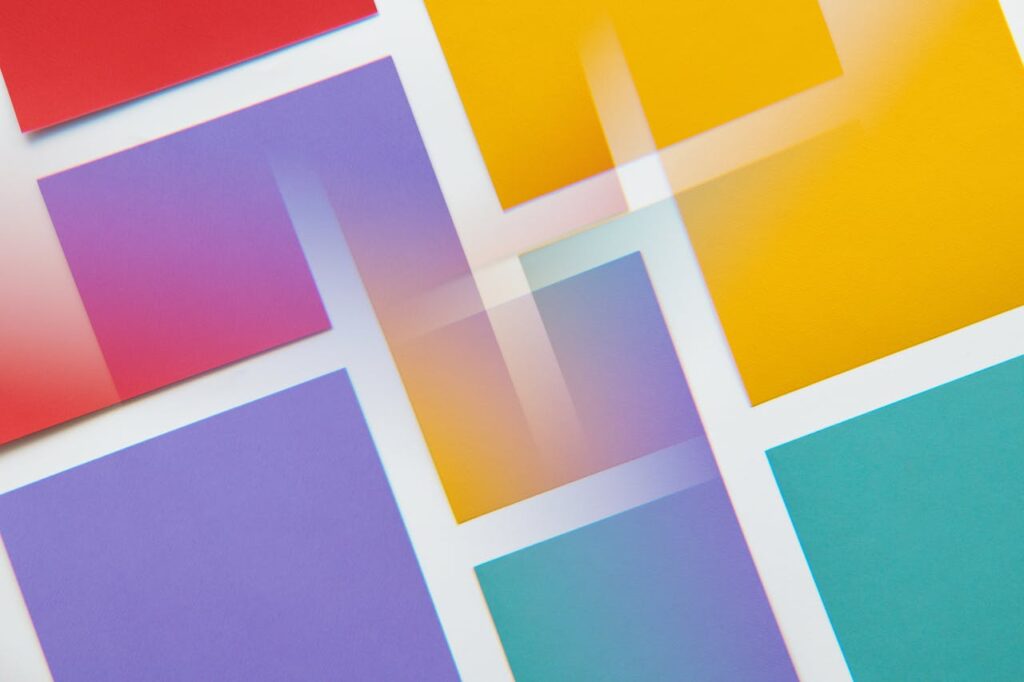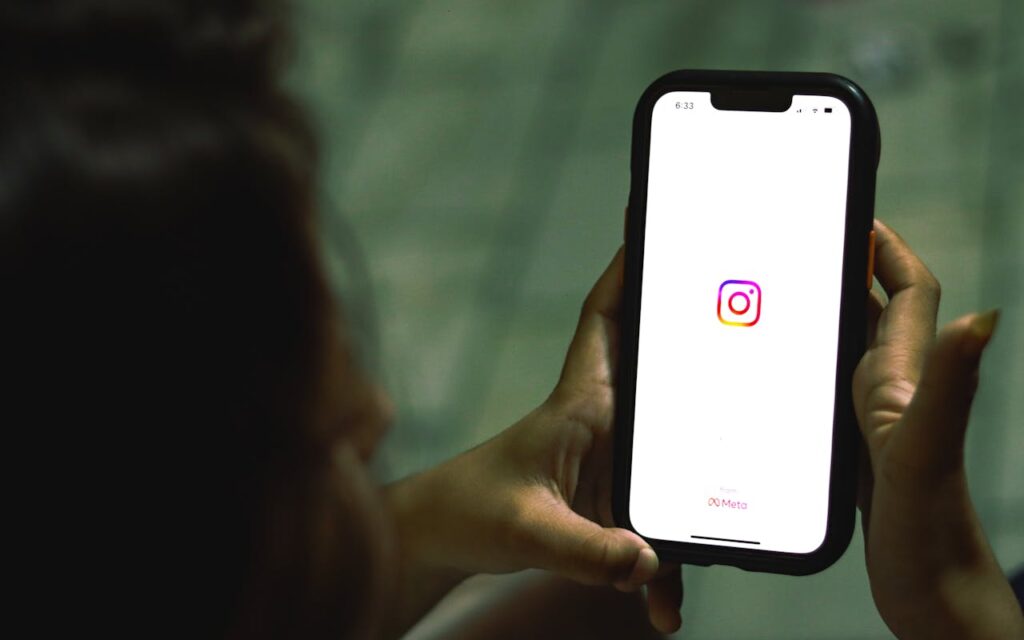A well-designed logo is the foundation of a strong brand identity. It’s often the first impression people have of a business, and a memorable logo can help establish trust and recognition. If you’re new to design and wondering where to start, this guide on logo design for beginners will walk you through essential tips to create a standout logo.
Why a Strong Logo Matters
A logo is more than just an image; it represents a company’s values, personality, and mission. A great logo should be:
- Simple: Easy to recognize and versatile across different mediums.
- Memorable: Leaves a lasting impression on your audience.
- Timeless: Avoids trends that could make it look outdated in a few years.
- Versatile: Works on business cards, websites, billboards, and more.
- Relevant: Reflects the brand’s industry and identity.
By following the principles of logo design for beginners, you can create a logo that is both professional and effective.
1. Understand Your Brand Identity
Before you start sketching ideas, it’s crucial to understand your brand’s personality and message. Ask yourself:
- What does my brand stand for?
- Who is my target audience?
- What emotions do I want my logo to evoke?
Having a clear understanding of your brand’s essence will help guide your design choices and ensure your logo aligns with your company’s values.
2. Keep It Simple

One of the biggest mistakes beginners make is overcomplicating their designs. A logo should be easy to understand at a glance. Some of the most iconic logos, like Apple and Nike, are simple yet powerful. Avoid too many colors, intricate details, or overly complex fonts that make the logo hard to reproduce at different sizes.
3. Choose the Right Typography

Fonts play a significant role in logo design. There are three main types of fonts to consider:
- Serif Fonts: Classic and sophisticated (e.g., Times New Roman)
- Sans-Serif Fonts: Modern and clean (e.g., Helvetica)
- Script Fonts: Elegant and decorative (e.g., Brush Script)
Select a font that matches your brand’s personality. For example, a law firm might use a serif font for professionalism, while a tech startup might opt for a sans-serif font for a modern feel.
4. Pick a Meaningful Color Palette

Colors evoke emotions and perceptions. Here are some common associations:
- Red: Passion, excitement, urgency
- Blue: Trust, professionalism, calm
- Yellow: Optimism, energy, warmth
- Green: Growth, sustainability, health
- Black: Sophistication, luxury, power
Stick to a limited color palette (2-3 colors) to maintain a clean and professional look. Also, ensure your logo works well in black and white for versatility.
5. Make It Scalable and Versatile
Your logo will appear on different platforms, from websites to billboards to business cards. Ensure it looks good in all sizes by designing it in vector format (such as SVG or AI) instead of raster (JPG or PNG). A vector-based logo maintains quality when resized.
6. Use Symbols and Icons Wisely

Icons and symbols can enhance your logo, but they should be relevant and straightforward. Avoid generic clip art and opt for custom graphics if possible. For example, if you’re designing a logo for a bakery, a simple bread or rolling pin icon could work well.
7. Avoid Common Mistakes
Beginners often fall into some common pitfalls when designing their first logo:
- Too Many Elements: Keep it clean and uncluttered.
- Overuse of Effects: Avoid excessive gradients, shadows, or 3D effects.
- Copying Other Logos: Your logo should be unique to your brand.
- Ignoring Readability: Ensure the text is legible at all sizes.
8. Get Feedback and Refine Your Design
Once you’ve created a few logo concepts, get feedback from others. Ask friends, colleagues, or even potential customers for their thoughts. This can help you refine your design and make necessary adjustments.
9. Test Your Logo in Different Contexts

Before finalizing your logo, see how it looks in real-world applications:
- Does it work on a website header?
- How does it look on business cards or social media?
- Does it remain recognizable when scaled down?
Testing your logo ensures that it maintains its effectiveness across different uses.
10. Use Logo Design Tools
If you’re not a professional designer, don’t worry! There are many user-friendly tools available for logo design for beginners:
- Canva: Great for simple drag-and-drop logo creation.
- Adobe Illustrator: Industry-standard vector design tool.
- Looka: AI-powered logo generator.
- Figma: Useful for collaborative logo design.
These tools allow you to create a professional-looking logo without needing advanced design skills. We will also be providing more information on this within our courses so you can be guided to create a very professional logo for your next business.
Conclusion: Mastering Logo Design for Beginners
Creating a memorable logo doesn’t have to be overwhelming. By understanding your brand, keeping your design simple, choosing the right colors and typography, and ensuring scalability, you can design a logo that effectively represents your business. As you gain more experience, you’ll refine your design skills and develop a better eye for what makes a great logo.
If you’re serious about improving your logo design for beginners skills, consider learning from experienced designers, exploring The Design Mentor Courses, and practicing with different styles. Your first logo may not be perfect, but with time and effort, you’ll develop the ability to create professional and impactful brand logos.